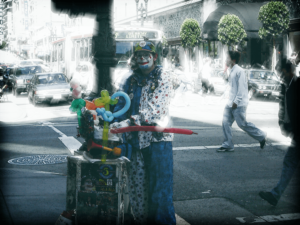Photography and graphic art represent two fundamental pillars of visual communication, each with distinct approaches to creating meaning and emotion. Photography captures moments in time through the lens, relying on light, composition, and the photographer’s eye to document reality or create artistic interpretations of the world. Meanwhile, graphic art encompasses a broader range of created visuals, from digital illustrations and typography to logos and poster designs, where artists build imagery from imagination rather than capturing existing scenes.

The relationship between these mediums has evolved dramatically with digital technology. Modern photographers often incorporate graphic design elements through post-processing, adding text, manipulative effects, or combining multiple images to create composite works. Similarly, graphic artists frequently use photographic elements as foundations for their designs, blending reality with artistic vision. This convergence has blurred traditional boundaries and opened new creative possibilities for visual storytellers.
Both disciplines share core principles of visual design—balance, contrast, color theory, and composition—yet they serve different purposes in our media-saturated world. Photography often aims to inform, document, or capture authentic moments, while graphic art typically focuses on persuasion, branding, or conceptual communication. Together, they form the visual language of contemporary culture, from social media feeds and advertising campaigns to fine art galleries and documentary journalism, shaping how we perceive and interact with information daily.